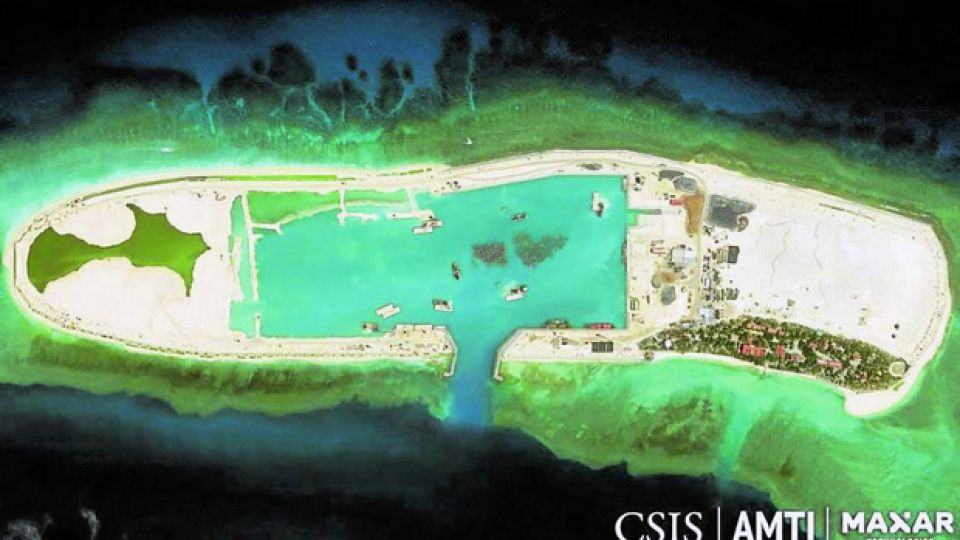June 10, 2024
WASHINGTON – Vietnam has been increasing its dredging and landfill work in the South China Sea (SCS), creating almost as much new land as in the previous two years combined, setting the stage for a record year of island-building, according to a US think tank.
Since November 2023, Vietnam has created 280 new hectares of land, compared to 163 ha created in the first 11 months of 2023 and 140 ha in 2022, the Center for Strategic and International Studies’ Asia Maritime Transparency Initiative (Amti) said in a June 7 report.
It said that Vietnam’s overall amount of reclamation works in the South China Sea now total 955 ha, about half of China’s 1,882 ha. Three years earlier, that figure was only around 133 ha.
The South China Sea is one of the world’s most-contested waterways, where more than $3 trillion of trade passes each year. China, Brunei, Malaysia, the Philippines, Taiwan and Vietnam have lodged competing claims for some or all of the Spratly Islands.
The Vietnamese dredging and landfill activities have raised fears that the area is becoming a flashpoint that could yield serious consequences in global affairs.
Petroleum exploration
According to Amti, the largest maritime feature in the Spratlys occupied by Vietnam is the 166-ha Barque Canada Reef while China occupies the biggest artificial island in the waterway—the 608-ha Panganiban (Mischief) Reef, which the Chinese seized from the Philippines in 1995.
In comparison, the largest feature occupied by the Philippines is Pag-asa (Thitu) Island, which is about 42.5 ha.
In Manila, Filipino maritime expert Jay Batongbacal said Vietnam’s island-building was meant to reinforce and strengthen its defenses after its outposts in the South China Sea were threatened with removal by China in connection with Hanoi’s petroleum exploration and development efforts.
Batongbacal, head of the Institute of Maritime Affairs and the Law of the Sea of the University of the Philippines College of Law, said Vietnam was forced to cancel petroleum contracts and to pay $1 billion in compensation to the oil companies for the cancellations due to credible threats of reprisal from China.
He said the Philippines had protested against Vietnam’s activities while keeping a close eye on those developments.
‘Modus vivendi’
“However, unlike China, Vietnam is not interfering with [or] preventing us from using our EEZ (exclusive economic zone) and continental shelf, nor have they made provocative and aggressive moves against us,” he told the Inquirer.
Despite their maritime conflict, the Philippines and Vietnam have a “modus vivendi” which allows them to carry on cordial relations and cooperation, Batongbacal said.
“This is the correct way of managing and handling them pending settlement,” he said.
In January this year, the Philippines and Vietnam signed a memorandum of understanding (MOU) on incident prevention in the South China Sea during a meeting between President Ferdinand Marcos Jr. and Vietnamese President Vo Van Thuong in Hanoi.
“The two nations agreed to enhance coordination regarding maritime issues bilaterally, within the Asean (Association of Southeast Asian Nations) and with other dialogue partners, with both sides intensifying efforts to promote trust, confidence and understanding, through dialogue and cooperative activities,” Malacañang said.
The agreement also allows both countries to better manage conflicts in the contested waters and conduct activities “in accordance with principles of international law, the national laws of each party, and international conventions to which both Vietnam and the Philippines are parties,” according to the final draft of the MOU seen by the Inquirer.


